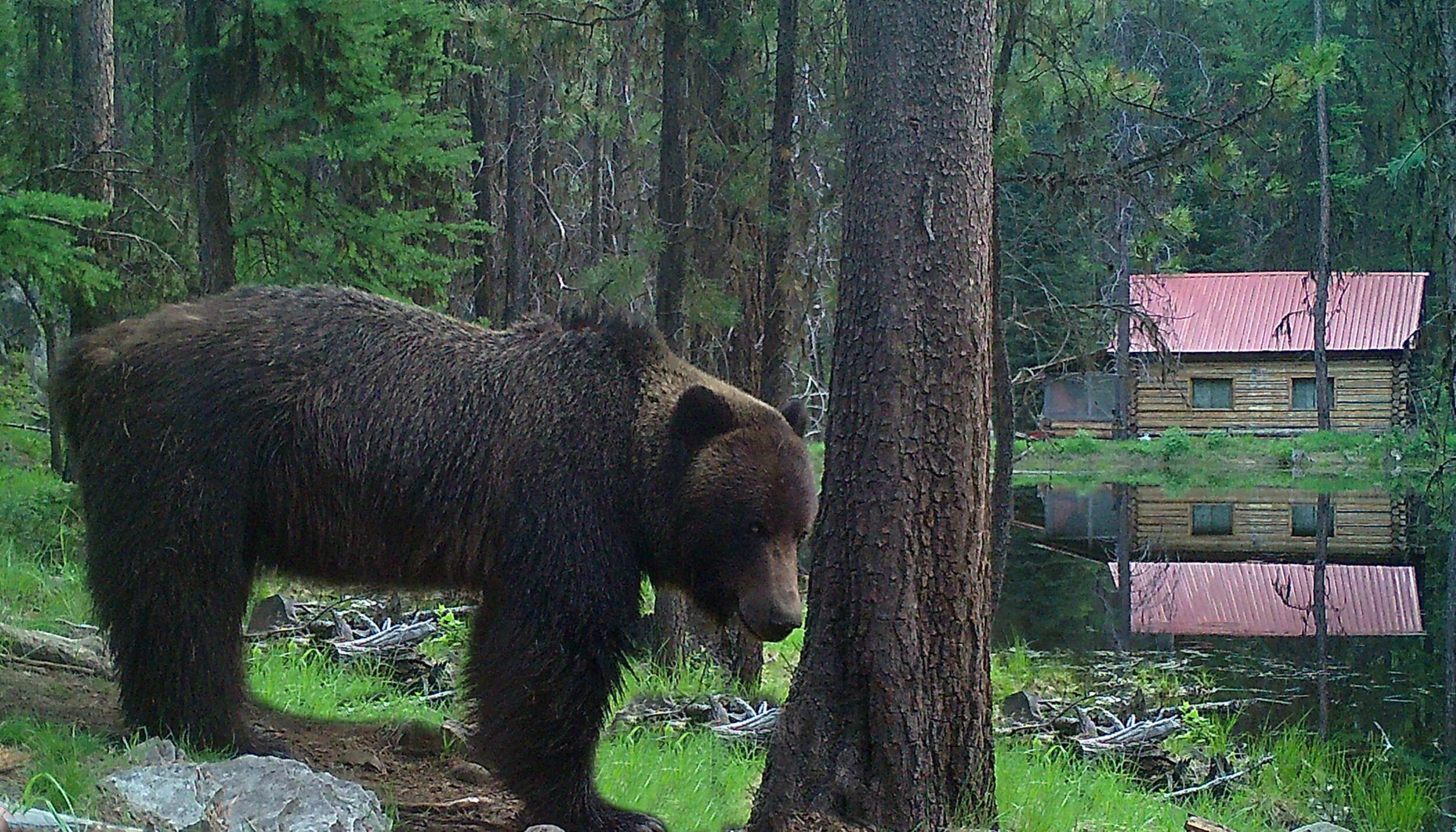Wildlife Watching Wednesday: The Homely But Helpful Opossum
By: Tom Berg
The opossum, or “possum”, is a very interesting animal. These peaceful, docile mammals are North America’s only marsupial (a mammal with a pouch for carrying their young), and since they do not truly hibernate they are active all year long.
Possums are nocturnal animals, so they are not often seen by people. During the winter, they prefer to venture out at night to search for food when the temperature is above 20 degrees Fahrenheit. But during prolonged cold snaps, they will look for food regardless of temperature. Luckily, their thick silvery-white fur keeps them nice and warm.
These animals won’t win any beauty contests, though. They have a long snout and a mouth full of sharp teeth. Their ears are black and leathery, and their tails are scaly and naked (no fur). Their toes have sharp claws – except for the human-like opposable thumbs on their back feet which have no nail at all.
Possums may be ugly, but they are actually very beneficial animals. They help keep the environment clean by eating dead animals, bugs, over-ripe fruit that has fallen from trees, and almost anything else they can find. In fact, they can eat more than 5,000 ticks each year! Possums also help gardeners by eating slugs, snails, burrowing moles and insect pests in the garden.
Few animals are cleaner than possums, too, as they regularly groom themselves. They are extremely resistant to diseases (like rabies), and they seem to be impervious to most poisons – even poisonous snakebites. Possums produce a protein called Lethal Toxin-Neutralizing Factor (LTNF) which is being used in research to make anti-venom compounds.
Of course, possums are famous for “playing possum”. Since they are not aggressive animals, they almost always prefer to avoid confrontations. If they can’t run away and escape from danger, they often faint or “play dead” rather than fight. This is actually an involuntary response for the possum as they go into shock. Luckily, they get over it quickly.
The lowly opossum has been around for a long time, and they won’t disappear anytime soon. That’s good news for us!
Tom Berg is an award-winning writer and photographer and has been a freelance writer since 1993. He is also the Executive Director of the Hoosier Outdoor Writers organization in Indiana and is a member of several other writers groups.



